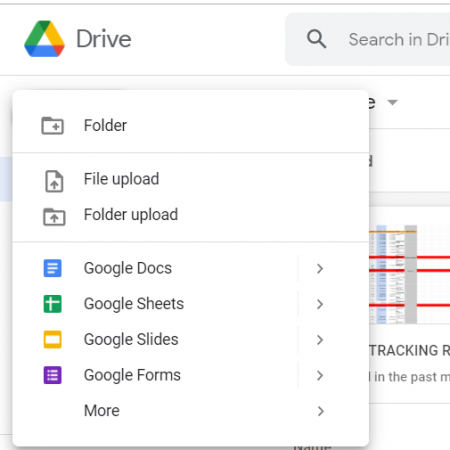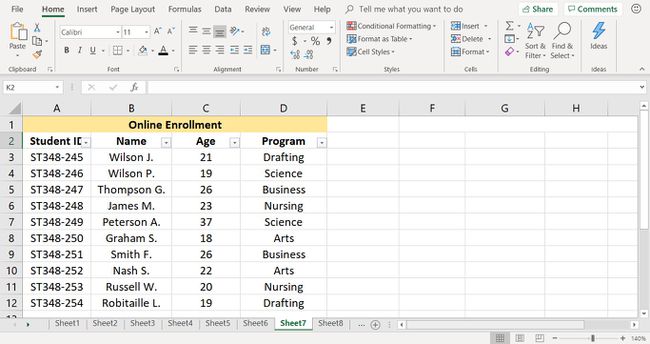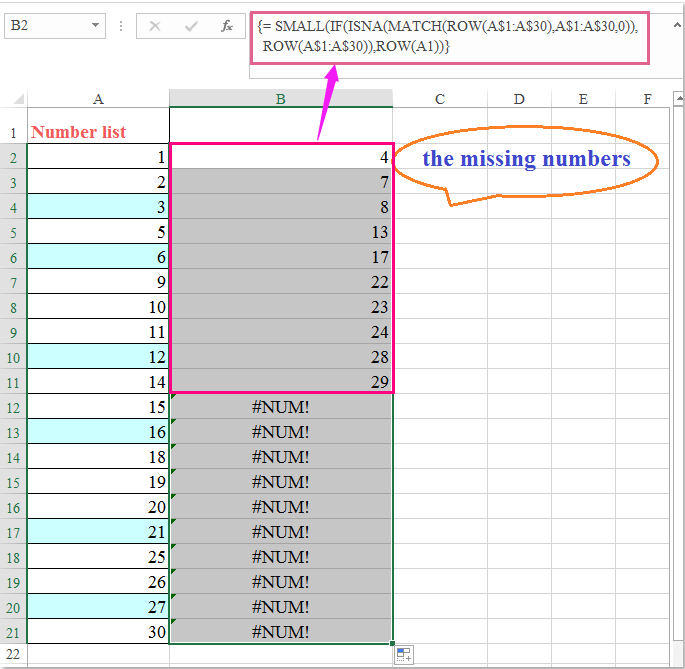5 Ways to Easily Create Excel Sheets for Conversions

Conversions and data analysis are increasingly vital in today's business environment. Whether you're tracking sales, monitoring budget allocations, or managing project progress, understanding and organizing your data can lead to more informed decisions. Excel remains one of the most accessible and powerful tools for these tasks. In this comprehensive guide, we will explore five effective methods to set up Excel sheets specifically tailored for conversion tracking and data management.
Efficiency with Excel Formulas


Excel formulas are the backbone of conversion tracking. Here’s how you can set up a basic conversion tracker:
- Create Headers: Start with headers like “Source,” “Date,” “Conversions,” “Total Sales,” and “Conversion Rate.”
- Formulate Conversions: Use formulas to calculate conversion metrics:
=A2/B2for simple percentage conversions.=A2*A3to compute total sales from conversions and cost per conversion.
- Use Sum and Average Functions: Employ
SUM()andAVERAGE()to provide insights over time or across sources.
💡 Note: Always ensure your data sources are consistently formatted for accurate formula calculations.
Utilizing Pivot Tables for Dynamic Analysis


Pivot Tables in Excel provide a dynamic way to reorganize, summarize, and analyze data:
- Select your data range and insert a pivot table.
- Drag relevant fields to row, column, and value areas for instant analysis.
- Calculate Ratios: Use calculated fields to derive conversion rates within the pivot table itself.
Leveraging Conditional Formatting for Visual Insights

Conditional formatting can make your data speak volumes without any additional effort:
- Set Rules: Apply conditional formatting rules to highlight cells based on specific criteria:
- Highlight conversions above a certain threshold.
- Color code sales performance or conversion rates.
- Use Data Bars: Implement data bars to visually represent the magnitude of conversions or sales.
Embracing Charts for Data Visualization


Excel charts are an excellent way to visualize trends, patterns, and anomalies in your conversion data:
- Select Data: Choose the appropriate data range.
- Create Chart: Opt for line, bar, or pie charts depending on the data you want to highlight:
- Line charts for time series analysis.
- Bar charts for comparing conversion rates across sources.
- Pie charts for segment distribution analysis.
Maximizing Data Validation for Error-Free Entry

Ensure your Excel sheet remains accurate with these steps:
- Define Drop-Down Lists: Use data validation to restrict user inputs to predefined options.
- Prevent errors by providing a list of possible sources or categories.
- Use
=LIST()in the Source section of Data Validation settings.
- Custom Validation: Create custom rules to validate data:
- Ensure dates are entered correctly.
- Check for numerical values within acceptable ranges.
📝 Note: Properly validated data can save you time in cleaning up errors later, especially when dealing with large datasets.
In summary, mastering Excel for conversion tracking involves leveraging its inherent capabilities to organize, visualize, and analyze data. By employing formulas, pivot tables, conditional formatting, charts, and data validation, you can transform your raw conversion data into actionable insights. Regular use and refinement of these techniques will not only make your reporting process more efficient but also enhance decision-making, leading to better business outcomes.
Can I use Excel for real-time data tracking?

+
Excel can be set up to refresh data automatically through external connections or scheduled updates, but it’s not designed for real-time tracking. For real-time data, consider using specialized software or cloud-based solutions that integrate with Excel for data import.
How can I share my Excel conversion sheet with my team?

+
You can share Excel files through cloud storage like OneDrive or Dropbox, or directly via email. If you use Microsoft 365, you can also share through the cloud for real-time collaboration on the spreadsheet.
What’s the difference between using pivot tables and charts?

+
Pivot tables provide a way to analyze and summarize data in a tabular form, allowing for dynamic reorganization. Charts, on the other hand, are graphical representations of data, designed to quickly visualize trends and patterns. Both can be used together for comprehensive analysis.



